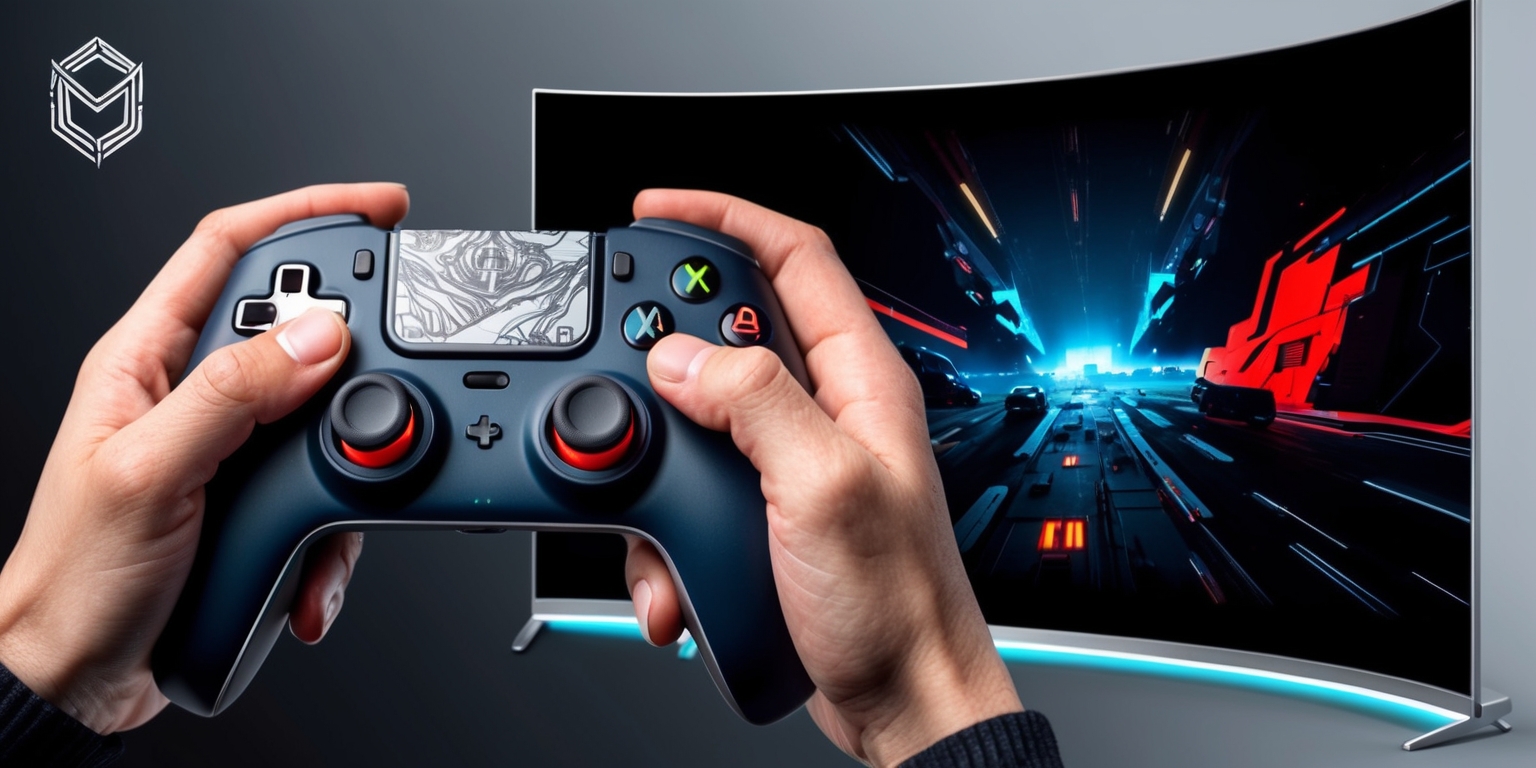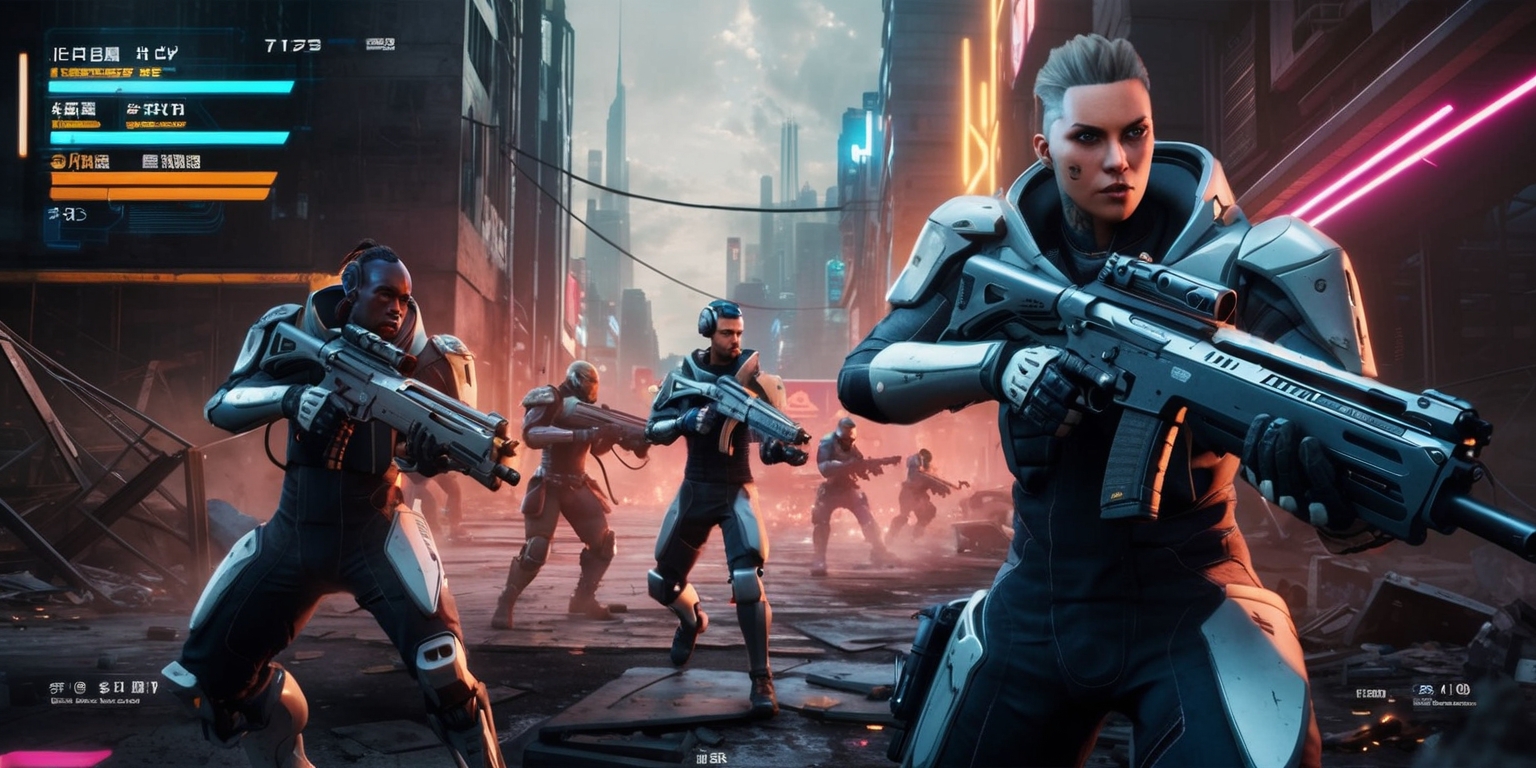Mastering the Digital Battlefield: The Ultimate Guide to Controller Customization
Aug-11-2025

The digital battlefield calls for precision and comfort, and configuring your controller settings can make all the difference when engaging in intense multiplayer encounters. Getting into the action armed with a finely tuned controller is not just about instinct—it demands methodical adjustments to match your playing style. In this space, the customization options span from subtle sensitivity tweaks to comprehensive remapping of buttons, allowing every user to craft a personalized control experience that enhances responsiveness and control. With an emphasis on intuitiveness and balance, the available settings open up a spectrum of possibilities for gamers who prefer a controller over other input devices. This intricate setup process is worth exploring in detail to ensure a seamless transition into the tactical environment.
Understanding the Control Experience
The game’s commitment to supporting both traditional mouse and keyboard usage as well as controllers means that a large audience will rely on controller configurations to engage with the battlefield. The design carefully considers the ergonomics of gameplay, and features robust options for controller customization. It prioritizes making the experience accessible while still offering depth for advanced users. Every adjustment - from sensitivity curves to stick acceleration - has been designed in consideration of how players interact with the digital environment. The experience is layered so that both newcomers and experienced gamers can find settings that match their own tactical preferences, ensuring that every movement, aim, and interaction feels natural. This blend of familiar mechanics and new configurable options transforms each match into a customized arena of skill and reaction.
Navigating the Game's Settings Menu
The journey into customization begins by accessing the game’s settings menu, where a cog icon introduces you to a carefully organized hub of options. Here, the design intentionally divides interface elements into clear categories that cover everything from basic presets to nuanced controller tuning adjustments. By placing the relevant categories on the left side of the menu, the interface offers a logical flow that guides you sequentially through the configuration process. Visual representations of your controller layout make the customization process more intuitive, as you can see your button assignments in real time. These settings are designed to reinforce the player’s familiarity with the in-game mechanics, ensuring that actions such as movement, aiming, and interacting with objects are both accessible and modifiable. Each action can be tailored with precision, optimizing the overall responsiveness of the controls.
Customizing Controller Layout Presets
Once within the settings menu, the option to edit your controller layout presets presents an exciting prospect for personalization. The game provides several schemes, including distinctive presets that adjust key actions on the fly. By entering the edit mode, players are able to experiment with all six available controller schemes, redefining button configurations to suit their combat style. For instance, toggling between various presets can modify the location of essential functions such as melee actions and crouching positions, thereby enhancing agility during intense gameplay scenarios. The design takes into account the typical preferences of first-person shooter enthusiasts, ensuring that each modification maintains a logical consistency with the player's muscle memory. This strategic refinement of presets ultimately establishes a smoother, more immersive control environment tailored to high-stakes virtual engagements.
Exploring Tactical Button Assignments

Delving deeper into the controller presets opens up a layer of tactical precision through the reallocation of button assignments. By selecting an alternate preset for buttons, the game adjusts vital commands, such as repositioning the melee function or reassigning the prone command to a more accessible joystick position. These changes are designed to suit the rapid-response needs of steeper scenarios, and they offer a more intuitive grasp on positioning during sudden shifts in combat. Certain presets, particularly in vehicle-related schemes, are crucial in ensuring that turning mechanics correlate more naturally with the input, reducing unnecessary challenges during critical maneuvers. The flexibility to revert to more traditional setups remains available, yet the alternate configuration often aligns better with modern competitive play styles. This strategic realignment of controls ties directly into the larger narrative of efficient combat readiness.
Adjusting Sensitivity and Movement Dynamics
Among the most crucial features of a refined controller setup is the calibration of sensitivity settings, which directly impacts how movement and aiming are balanced during gameplay. In the infantry settings, you have control over elements such as aim sensitivity, personal field of view, and movement acceleration. Fine-tuning these parameters enables players to achieve an equilibrium that supports both rapid transitions and precise targeting. For example, adjusting the aim sensitivity ensures that every directional input correlates with accurate on-screen movement, providing a consistent visual alignment between the player’s intention and the game’s feedback. This structured approach reflects the importance of a mechanical understanding of input dynamics. These intricate adjustments help to mold an experience where every gesture on the controller translates seamlessly into strategic movements across the virtual battlefield.
Optimizing Zoom and Aiming Preferences
The settings dedicated to zoom and aiming are intricately designed to help players achieve precision during close-quarters and long-range engagements alike. When adjusting parameters, you can set specific sensitivities for regular aim and various levels of zoom, ensuring that each viewing mode maintains its clarity and responsiveness. By managing the aiming assist features, players receive a subtle but important correction to their sights during intense battles. This control scheme caters to preferences for linear input curves and standard acceleration presets, which are particularly useful in refining the aim input curve to best fit individual reflexes. By assigning values to zoom sensitivity and steady scope functions, the configuration allows for smoother transitions between targets, ensuring the controller’s adjustments contribute directly to on-screen stability. Each change is meticulously crafted to enhance targeting precision at every distance range.
Refining Additional Interaction Mechanics
Alongside core movement and aiming adjustments, the game dedicates substantial resources to fine-tuning other interactive elements that contribute to a seamless combat experience. These settings include options for managing how your character interacts with the environment, such as engaging with objects and executing reload commands, all while preserving a natural flow of movement. Detailed options, such as toggling the sprint function via a dedicated button or assigning double-tap commands for dynamic actions, give players greater control of their avatar’s engagements. Through careful calibration, these enhancements ensure that actions are executed with minimal delay, a factor that becomes critical in the midst of rapid battles. The settings foster an environment where each function complements the overall tactical repertoire, allowing every player to find a responsive balance between movement, interaction, and on-the-fly decision making.
Examining the Controller Tuning Options
The controller tuning section is a comprehensive area that addresses the micro aspects of input responsiveness and physical feedback. Here, the game exposes settings for vibration intensities and deadzones for both sticks, which dictate how much the controller’s physical movement translates to on-screen actions. With a focus on precision, users can adjust the sensitivity thresholds to align more closely with the behavior of their particular hardware. By selecting appropriate values for the center and axial deadzones, players can mitigate issues like stick drift, ensuring that every input is deliberate and accurate. In addition, the tuning options extend to the controller triggers, where deadzones can be fine-tuned to balance rapid inputs with controlled engagement. These options empower gamers to create a hyper-responsive control scheme that is finely attuned to the demands of competitive engagements.
Calibration of Deadzone and Trigger Settings
A critical part of personalizing the gaming experience revolves around the calibration of deadzones and trigger settings, which directly impact the responsiveness of analog inputs. The game provides clear adjustable parameters for both the left and right sticks, allowing players to set a center deadzone that prevents unintentional inputs. Additionally, axial deadzone values can be refined to ensure that small, inadvertent movements are filtered out, thus preserving the accuracy of every directional input. The trigger settings are equally important; by setting specific deadzone values, players can ensure precise control over acceleration and firing mechanisms. Moreover, definitive thresholds for maximum input ensure that analog signals do not overshoot their intended targets during critical moments. The emphasis on customization in these areas transforms each control input into a measured and intentional action, which is essential in high-pressure combat situations.
Additional Guidance on Controller Setup
The depth of customization in the controller setup extends further than the initial settings, offering advanced players a myriad of opportunities to refine their layout for various in-game scenarios. This flexibility not only tailors the interface to accommodate fast-paced infantry maneuvers but also optimizes the controls for vehicle-based engagements. For instance, the adjustment of schemes for aircraft and ground vehicles differs from the standard infantry setup in order to provide more dynamic movement and tighter turning capabilities. Each controller configuration is designed to reflect the unique demands placed on the player in different combat environments, ensuring that inputs for turning, accelerating, or braking are as responsive as required. The design philosophy behind these optional adjustments is to integrate a functional sensibility with personal control, thereby crafting a configuration that is not only intuitive but also adaptable to the evolving pace of the game.







